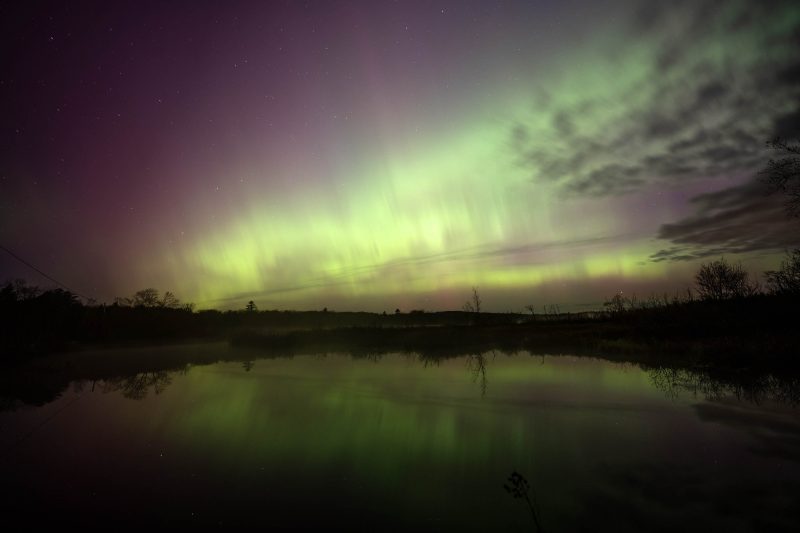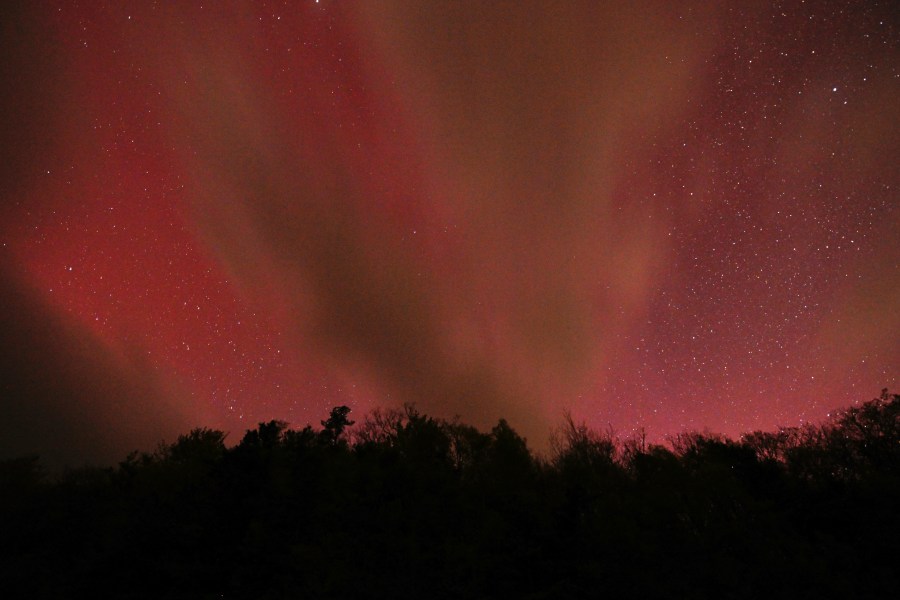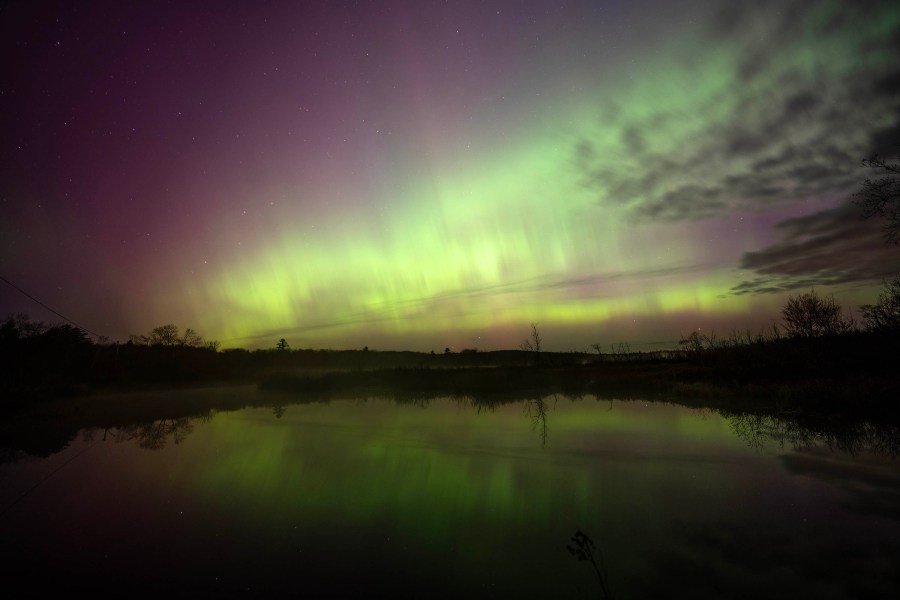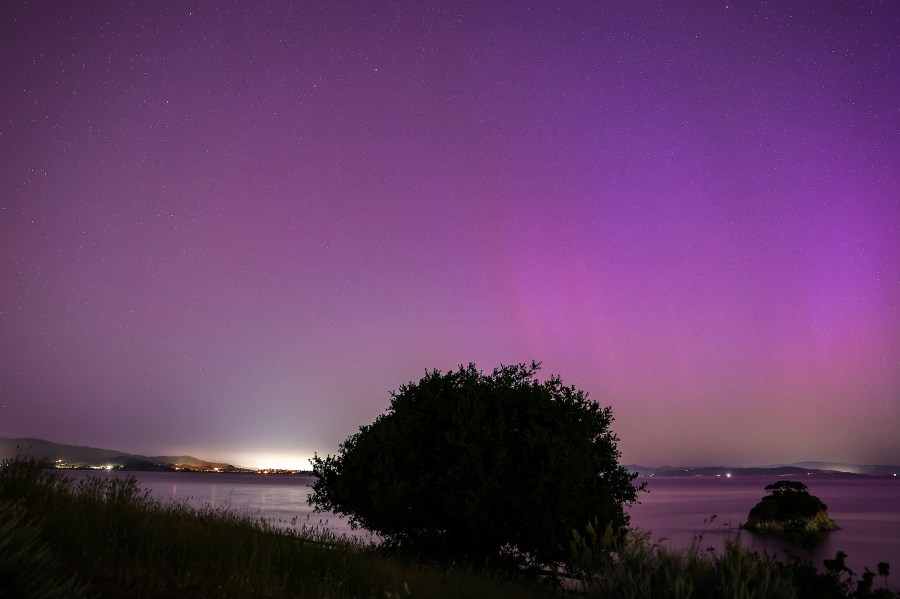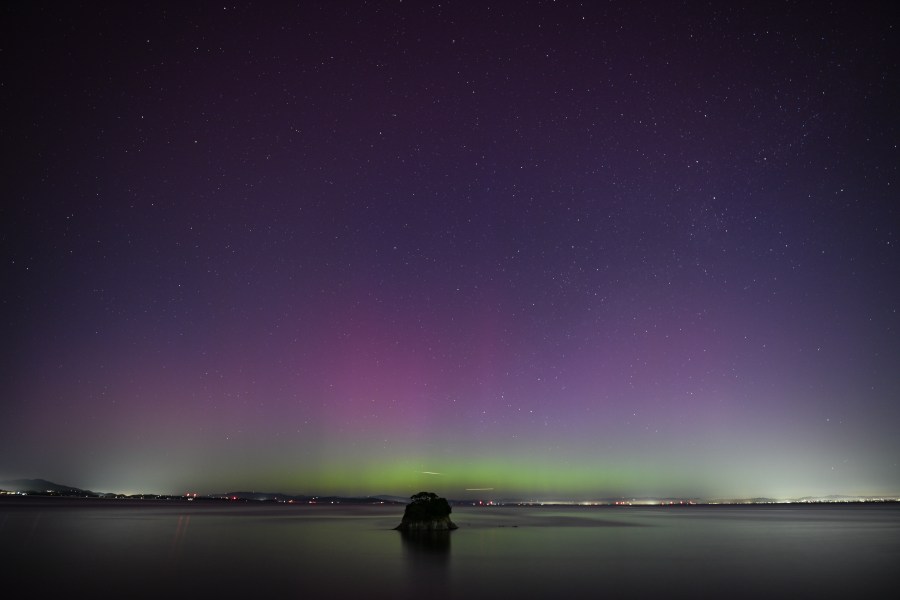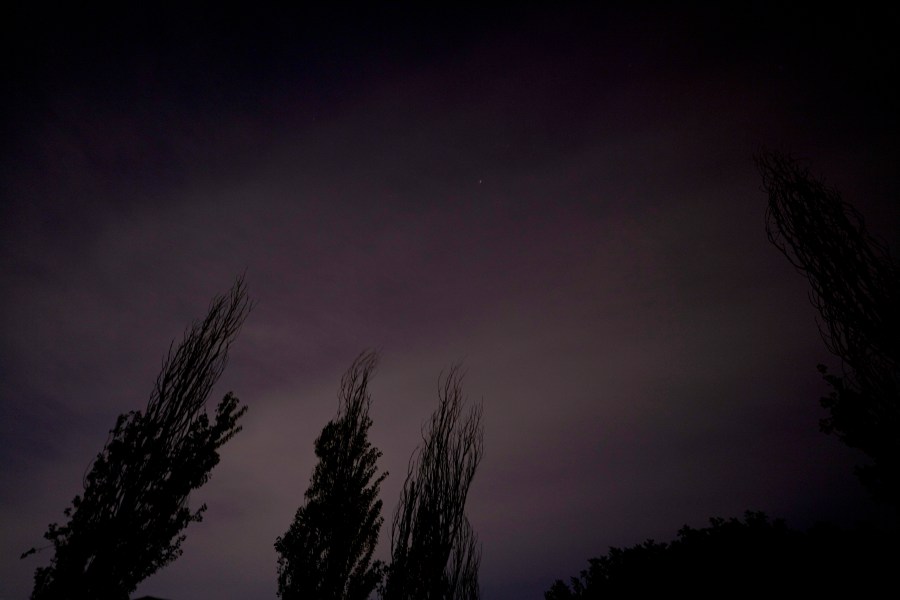(NEXSTAR) — Stargazers across the country have already had the chance to see some stunning celestial displays this year, from a total solar eclipse, the return of the “Devil’s Comet” and several nights colored by the Northern Lights. There’s also a chance we’ll see a “once-in-a-lifetime” explosive event that will bring a “new” star to the night sky for the first time in about 80 years.
There’s still a good chance we’ll see one of those galactic gems – the Northern Lights – again this summer.
In May we saw solar storms strong enough to bring the Northern Lights as far south as Florida and Hawaii, areas where the aurora is rarely seen.
While the Northern Lights have not been visible in much of the US recently, that could change soon.
What causes the Northern Lights?
It’s solar storms — specifically solar flares and coronal mass ejections, or CMEs — that cause the Northern Lights. CMEs are essentially explosions of plasma and magnetic material thrown from the sun into space.
If that material travels in just the right direction, it can collide with the Earth’s magnetic field, sending particles streaming toward the North and South poles. Those particles will interact with gases in our atmosphere, creating excess energy that becomes bursts of light known as the aurora borealis.
How far south the Northern Lights travel in the US depends on the strength of the geomagnetic storms: the stronger they are, the further south the aurora may appear.
Why are the Northern Lights so active lately?
The recent periods of auroral activity that we have seen are largely due to where we are in solar cycle 25. During solar cycles, the sun flips its poles. As it reaches the peak of the cycle, the sun also becomes much more active.
Earlier this year, the largest solar flare in years was detected, and more have been reported since. That includes an M9.3 flame detected on June 23 in the same region that has produced six Unfortunately, the flame was not predicted to bring the aurora to the US
The best part? It looks like we haven’t reached the peak of solar cycle 25 yet.
According to Mark Miesch, a researcher at NOAA’s Space Weather Prediction Center, we may not reach solar maximum for a few months. At least, if you consider solar maximum as the moment when we see the maximum number of sunspots or the maximum energy flow of certain radio waves.
Miesch, however, considers solar maximum “as a period of increased activity.”
“Like the hurricane season version of space weather,” he explained. “By this definition, solar maximum could last about 2 years or more. And if you define solar maximum this way, then I would say we are already in solar maximum and it will probably last until late 2024 and 2025.”
Will we see more Northern Lights soon?
According to Miesch, more powerful solar storms are expected for the rest of this year, throughout 2025 and possibly even into 2026.
Although the SWPC and scientists around the world are monitoring the sun and trying to predict what activity, if any, will ultimately impact us, it can be difficult to say exactly when CMEs will hit Earth. Once CMEs are within 1 million miles of our planet, things get easier, but the turnaround time drops to about 15 to 45 minutes.
If current forecasts are correct and solar maximum activity continues in the coming months, at least some Americans will soon have another chance to see the Northern Lights. Whether it will reach Florida and Hawaii again remains to be seen.
